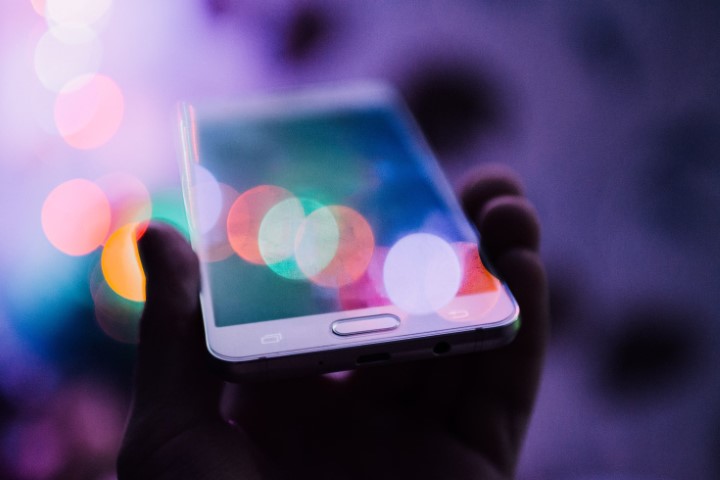In this digital age, social media has become an integral part of our daily lives. From sharing our personal experiences to catching up on the latest news, social media platforms have revolutionized the way we communicate and interact with others. One of the key features that has emerged on social media is the concept of viral content. Viral content refers to posts, videos, or images that quickly spread across social media platforms, garnering a massive amount of likes, shares, and comments in a short period of time.
The impact of viral content on social media cannot be underestimated. It has the power to reach millions of people around the world within minutes, making it an incredibly powerful tool for spreading information, entertainment, and even advertising. Viral content has the potential to shape public opinion, influence consumer behavior, and create social movements.
One of the most significant impacts of viral content on social media is its ability to create awareness around important social issues. When a powerful message or a touching story goes viral, it can spark conversations and debates among people from different backgrounds and perspectives. For example, the #MeToo movement gained momentum on social media, as millions of people shared their personal experiences of sexual harassment and assault, leading to a broader discussion about gender equality and empowerment.
Viral content also has the power to influence consumer behavior. Many brands and companies have capitalized on the viral nature of social media to promote their products and services. By creating engaging and shareable content, they can reach a wider audience and increase brand awareness. For example, the ice bucket challenge that went viral in 2014 not only raised awareness for amyotrophic lateral sclerosis (ALS), but also helped raise millions of dollars for research and support for patients with the disease.
Moreover, viral content has the potential to shape popular culture and trends. From dance challenges to viral memes, social media has become a breeding ground for new ideas and fads. Celebrities and influencers often use viral content to stay relevant and connect with their audiences. For example, the famous “Damn Daniel” video catapulted two teenagers to fame overnight, showcasing the power of viral content in creating instant celebrities.
However, the impact of viral content is not always positive. In some cases, viral content can spread misinformation, hate speech, and harmful ideologies. The speed at which information spreads on social media can sometimes lead to the dissemination of false or misleading content. This can have serious consequences, such as inciting violence, promoting conspiracy theories, or damaging reputations. It is essential for social media users to critically evaluate the content they consume and share, to avoid perpetuating harmful narratives.
In conclusion, viral content on social media has a significant impact on our society. It has the power to raise awareness, influence consumer behavior, shape popular culture, and spark important conversations. However, we must also be mindful of the potential negative effects of viral content and strive to promote responsible and ethical sharing practices. By harnessing the power of viral content for good, we can create a more positive and informed online community. So next time you come across a piece of viral content on social media, take a moment to consider its impact and how you can contribute to the conversation in a meaningful way.















